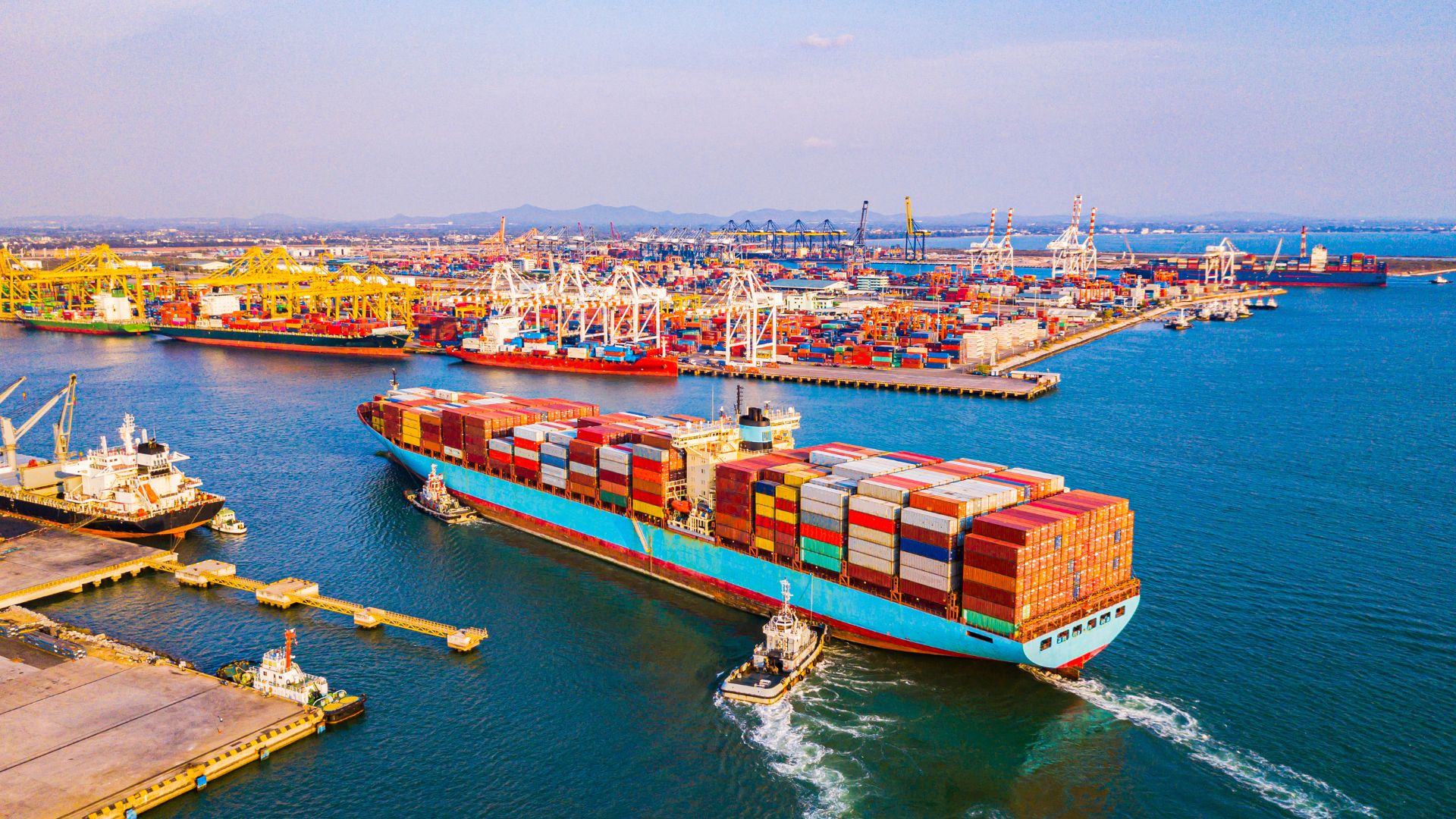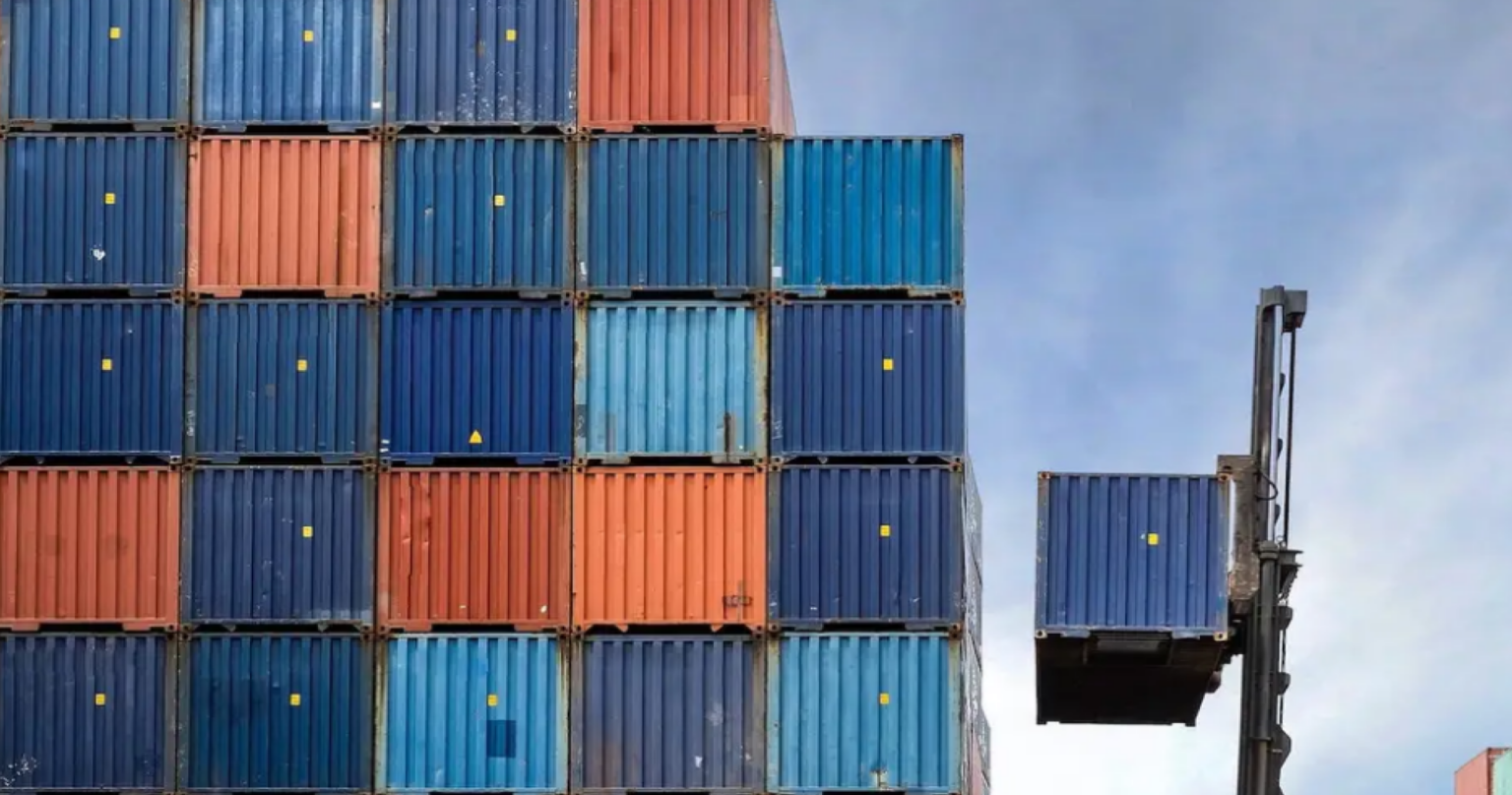The long‑standing $800 de minimis exemption is now history. As of August 29, 2025, every commercial shipment entering the US—no matter how small—must clear customs and is subject to duties and full entry requirements. For importers and e‑commerce brands that built models around low‑value parcels, this isn’t a speed bump; it’s a new operating environment.
Here’s what that means in practical terms:
- Your customs obligations expand from occasional formal entries to every shipment.
- Landed costs will rise—not just because of duties, but also due to brokerage fees, data requirements, and compliance overhead.
- For food and beverage importers, FDA visibility increases because formal entries surface your shipments to FDA systems. That makes Foreign Supplier Verification Program (FSVP) compliance functionally unavoidable.
This article clarifies what de minimis was designed to do, why its removal is a structural shift, who’s most affected, and—most importantly—how to adapt without losing momentum.
What “De Minimis” Was and Why It Mattered
De minimis—Latin for “about minimal things”—is a legal principle used to avoid expending enforcement resources on trivial matters. In international trade, it became a pragmatic gateway: shipments valued at or below a threshold (most recently $800 for the US) could enter duty‑free with minimal paperwork. That drove three big outcomes:
- Cross‑border e‑commerce exploded. Low‑value, direct‑to‑consumer parcels from overseas sellers could reach US customers in days without the friction of duties, complex declarations, or brokerage coordination.
- Customs agencies conserved resources. Officers and systems focused on higher‑risk cargo while small parcels moved quickly.
- Small importers found a foothold. Entrepreneurs validated products with small, frequent consignments instead of capital‑intensive containerized shipments.
It’s important to distinguish trade de minimis from tax applications of the same idea:
- Tax de minimis safe harbor (tangible property). Many businesses can expense small‑dollar purchases (generally up to $2,500 per invoice/item without an applicable financial statement, or $5,000 with one) rather than capitalizing and depreciating them. This reduces administrative burden for low‑cost items.
- Tax de minimis fringe benefits. Minor, infrequent perks (think occasional snacks or small employee gifts) can be excluded from wages because tracking them precisely would be inefficient.
These tax examples illustrate the principle of administrative simplicity—a principle that still exists in tax even as the trade side tightens.
The End of De Minimis: A Turning Point for Importers
Policy has moved decisively: commercial shipments can no longer use de minimis. Practically, that means:
- All shipments are dutiable. Expect either transitional flat assessments or standard ad valorem tariff treatment depending on product and origin.
- Formal entry is required. Even small parcels will need proper classification, valuation, and data submission through your broker or in‑house entry team.
- Operational timelines change. Clearance for small parcels will look more like traditional freight: more data up front, more checkpoints, potentially longer transit or delivery time.
- Limited exceptions (for example, certain gift categories) may exist, but they are narrow. For commercial imports, plan on no de minimis relief.
This isn’t a temporary spike; it is a structural reset designed to increase transparency, address tariff circumvention, and standardize treatment across shipment sizes.
The Fallout: Who Loses and Who Stands to Gain
More exposed / likely to be disrupted
- Small e‑commerce sellers who relied on low‑value direct fulfillment from overseas. Margins compress as duties, brokerage, and compliance eat into contribution.
- International postal shipments. Postal operators need new processes to handle duties and data requirements, causing pauses or delays in the near term.
- Consumers buying cross‑border. Expect higher checkout prices, added fees, or slower delivery while sellers recalibrate.
Potential beneficiaries / better positioned
- Domestic manufacturers and US‑based stockists whose pricing previously competed against duty‑free imports.
- Importers who already run formal entries (FTZ users, experienced brokers, established DDP providers). Their systems, tariff engineering, and compliance hygiene become strategic advantages.
- Brands investing in compliance and supply chain design. Those that manage tariff classification, origin strategies, and logistics partners with sophistication will convert disruption into defensible unit economics.
Underneath the winners/losers narrative is an evergreen tension: the trade‑off between enforcement efficiency and business burden. The pendulum has swung toward scrutiny; resilient operators will re‑optimize.
Parallel Lessons from Tax De Minimis Rules
Even as trade tightens, tax keeps the administrative simplicity insight alive:
- De minimis safe harbor (tangible property). If you have a written capitalization policy and make the annual election, you can typically expense items up to $2,500 per invoice/item (or $5,000 with an applicable financial statement). That simplifies bookkeeping and accelerates deductions.
- De minimis fringe benefits. Small, infrequent employee perks can remain non‑taxable because the cost of tracking outweighs the revenue at stake.
Why include this in a trade article? Because the principle is instructive: while trade now treats tiny shipments like big ones, tax still acknowledges that some costs aren’t worth the administrative chase. Smart operators will lean on these tax levers to soften the P&L impact of rising landed costs.
Adapting to the New Normal
Realignment isn’t optional. Here’s a practical blueprint you can execute now.
A) For importers and e‑commerce brands (all sectors)
- Rebuild landed cost models. Update HTS classifications, duty rates, and origin treatments. Model scenarios (DDP vs. DAP) so your pricing strategy absorbs duties without tanking conversion.
- Upgrade entry workflows. Choose a broker/3PL that can handle high‑volume small parcels with robust ACE integrations, data accuracy, and real‑time visibility.
- Engineer your tariff position. Validate classification defensibility, explore first‑sale valuation where appropriate, and assess country‑of‑origin options within ethical and legal bounds.
- Evaluate FTZs and consolidation. Shifting from countless micro‑parcels to consolidated entries (or using Foreign‑Trade Zones) can cut duty spend and smooth operations.
- Strengthen supplier contracts. Require data completeness (commercial invoice accuracy, product composition, COO statements) and hold suppliers accountable for delays caused by poor documentation.
- Communicate transparently with customers. Explain new timelines, landed‑cost policies, and any checkout duty handling so you don’t erode trust during the transition.
B) For foreign exporters to the US: Consolidation as a Strategy
For companies shipping from abroad, a legitimate workaround to the end of de minimis is to consolidate small orders into larger palletized shipments.
These bulk consignments can be directed to a US-based distributor or fulfillment center. Once the goods clear customs as a single formal entry, the distributor can break them down and ship domestically.
This approach reduces per-shipment compliance friction while still enabling exporters to serve US customers efficiently.
C) For food & beverage importers: FSVP is now unavoidable
When de minimis existed, many low‑value food parcels never generated a formal CBP entry and therefore never triggered FDA’s systems. With de minimis gone, every food shipment rides through formal entry—which means FDA sees it. Two implications follow:
- Prior Notice and PGA data are mandatory for each shipment, and discrepancies can stall or refuse entry.
- FSVP obligations apply regardless of shipment size. You must verify your foreign suppliers produce food that meets US safety standards, maintain proper documentation, and be prepared to present it on demand.
Common friction points to address now
- Supplier verification depth. Confirm hazard analyses, supplier performance, and appropriate verification activities (e.g., audits, sampling, records reviews).
- Document readiness. Assemble FSVP records in a centralized system (product specs, hazard analyses, supplier approvals, verification results, corrective actions).
- Labeling and allergen accuracy. FDA detentions often start with small errors. Validate claims and allergen disclosures before shipping.
- Broker alignment. Ensure your broker transmits the correct FDA Affirmations of Compliance to avoid avoidable holds.
If you’ve been operating under de minimis with small parcels, this is the moment to professionalize your food import program and eliminate exposure.
D) For finance, tax, and accounting leaders
- Leverage tax de minimis elections. Make the annual election, document your capitalization policy, and expense qualifying low‑cost items to offset increased logistics and compliance spend.
- Tighten SKU economics. Re‑underwrite contribution margins by SKU with new duty, brokerage, and delay assumptions. Close the gap with pricing, bundling, or channel shifts.
- Cash‑flow plan for duties. Duties on thousands of small parcels create new working‑capital rhythms. Consider monthly duty draw programs or consolidate entries to reduce volatility.
Control the Variables You Can
De minimis once simplified small imports; its removal permanently rewrites the customs playbook. The businesses that win next are not the ones wishing for the old rules—they’re the ones that turn compliance into capability: clean data, strong partners, sound classifications, transparent pricing, and, for food importers, bullet‑proof FDA readiness.
If you’ve been relying on de minimis to move food shipments into the US, you now face full FDA scrutiny. Ensure you’re fully compliant with the Foreign Supplier Verification Program (FSVP)—the requirement that underpins FDA accountability for importers. Registrar Corp’s FSVP Training equips you to implement a compliant program—so you can keep products moving without costly holds or refusals, and our experienced FSVP Agent services can take the burden off your shoulders by handling compliance directly on your behalf.
Bottom line: The era of “small parcel, small risk” is over. Replace assumptions with systems, and you’ll re‑establish speed, predictability, and trust in the new customs reality.









